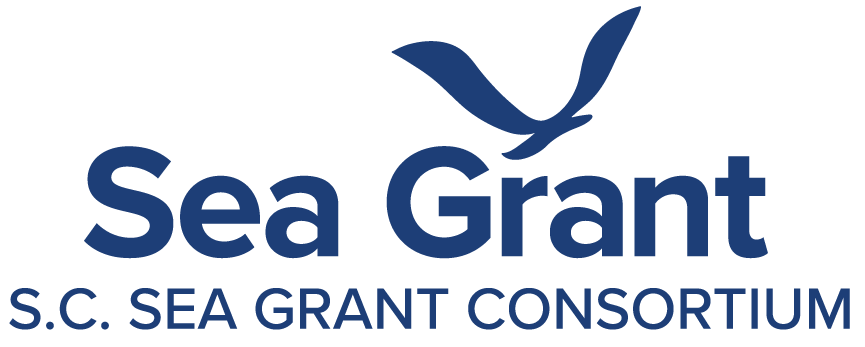![]()
Coastal Heritage Curriculum Connection
Explore Curriculum Connection guides, which are written to accompany each issue of Coastal Heritage, a quarterly publication of the S.C. Sea Grant Consortium.
Coastal Heritage, Summer 2009 issue: Sea-Level Rise: Adapting to a Changing Coast
Focus Questions
- What are the two major reasons sea-level rise is occurring? What are the major impacts of rising seas?
- What is the difference between “relative” and “global” sea-level rise?
- What are some examples of the ways in which communities are planning to deal with sea-level rise? Will these be effective? Why or why not?
Use the Curriculum Connection to address South Carolina Standards
4th Grade: Weather
4-4.3 Summarize the conditions and effects of severe weather phenomena (including thunderstorms, hurricanes, and tornadoes) and related safety concerns.
5th Grade: Landforms and Oceans
5-3.4 Explain how waves, currents, tides, and storms affect the geologic features of the ocean shore zone (including beaches, barrier islands, estuaries, and inlets).
5-3.6 Explain how human activity (including conservation efforts and pollution) has affected the land and the oceans of Earth.
9th – 12th: Biology
B-6.6 Explain how human activities (including population growth, technology, and consumption of resources) affect the physical and chemical cycles and processes of Earth.
9th – 12th: Earth’s Atmosphere
ES-4.7 Summarize the evidence for the likely impact of human activities on the atmosphere (including ozone holes, greenhouse gases, acid rain, and photochemical smog).
ES-5.7 Explain the effects of the transfer of solar energy and geothermal energy on the oceans of Earth (including the circulation of ocean currents and chemosynthesis).
9th – 12th: Physics
P-10.4 Explain thermal expansion in solids, liquids, and gases in terms of kinetic theory and the unique behavior of water.
Lesson Links
Carbon Cycle
Carbon moves from one area of Earth to another – often taking millions of years to be released once absorbed. The amount of carbon on Earth does not change; however, the levels found in the atmosphere, lithosphere, biosphere, and hydrosphere changes. The Carbon Cycle Game is an interactive web-based lesson that shows how carbon is released and absorbed – including man-made and natural processes. Go to www.windows.ucar.edu/earth/climate/carbon_cycle.html and travel around with carbon! (4th – 9th )
CRESIS: The Center for the Remote Sensing of Ice Sheets
The melting of polar ice is one of the major contributors to sea-level rise. The CReSIS program provides information relevant to both researchers and educators on the state of ice sheets and potential impacts of their shrinking. Educators should check out the website at www.cresis.ku.edu to access links to both research and education resources. Located under the Educator section are a series of lessons, “Ice, Ice Baby,” suitable for grades K-8 and features the PolarTREC teacher blogs. Visit the site for posters, the book of the month, and more! (K-12th)
2007-2008- International Polar Year
In 2007, the International Polar year brought together scientists, educators, and the general public to raise awareness of these regions of Earth and how these areas are being impacted by a changing climate. Go to www.ipy.org to access educational lesson plans, current blogs, and news articles. (K-12th)
SECOORA: Southeast Coastal Ocean Observing Regional Association
Visit the SECOORA website, www.secoora.org , for hourly data on water temperature, air temperature, salinity, waves, currents, and more! The activity “Surge of the Storm” can be accessed from this site and shows the impact of storm surge to those coastal communities. With rising sea level, storm surge will become more of an issue of concern in the future. (6th-12th)
Increased temperatures are causing sea level to rise and are also causing the sea- surface temperatures to increase. Hurricanes are cause for concern along the U.S. East Coast and Gulf of Mexico, and communities will have greater impacts based on these two changes. “Check out the My NASA Data site for lesson plans related to sea surface temperature changes and other climate change related topics. Go to mynasadata.larc.nasa.gov/lessons.html and click on the tab that says “Climate Change Lessons” on the bottom menu.” (6th – 12th)
